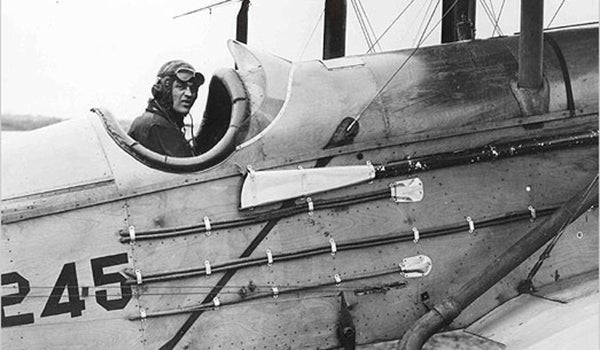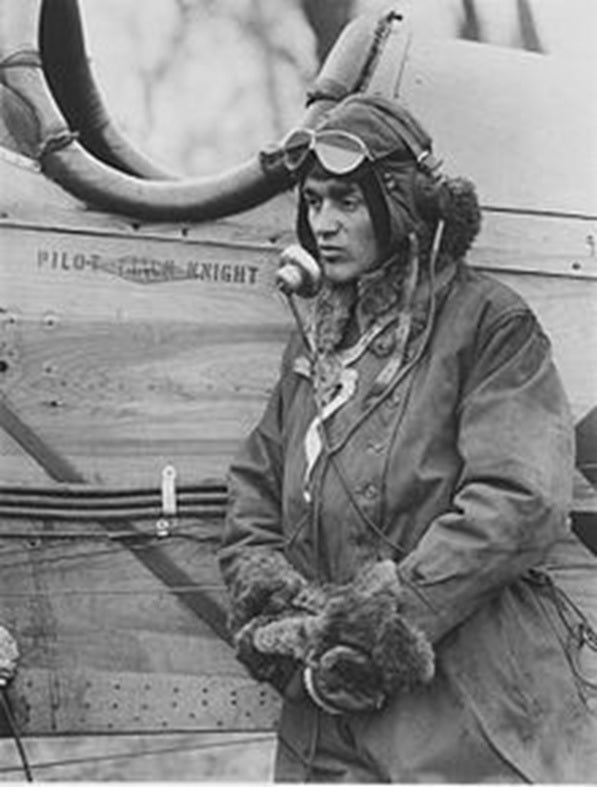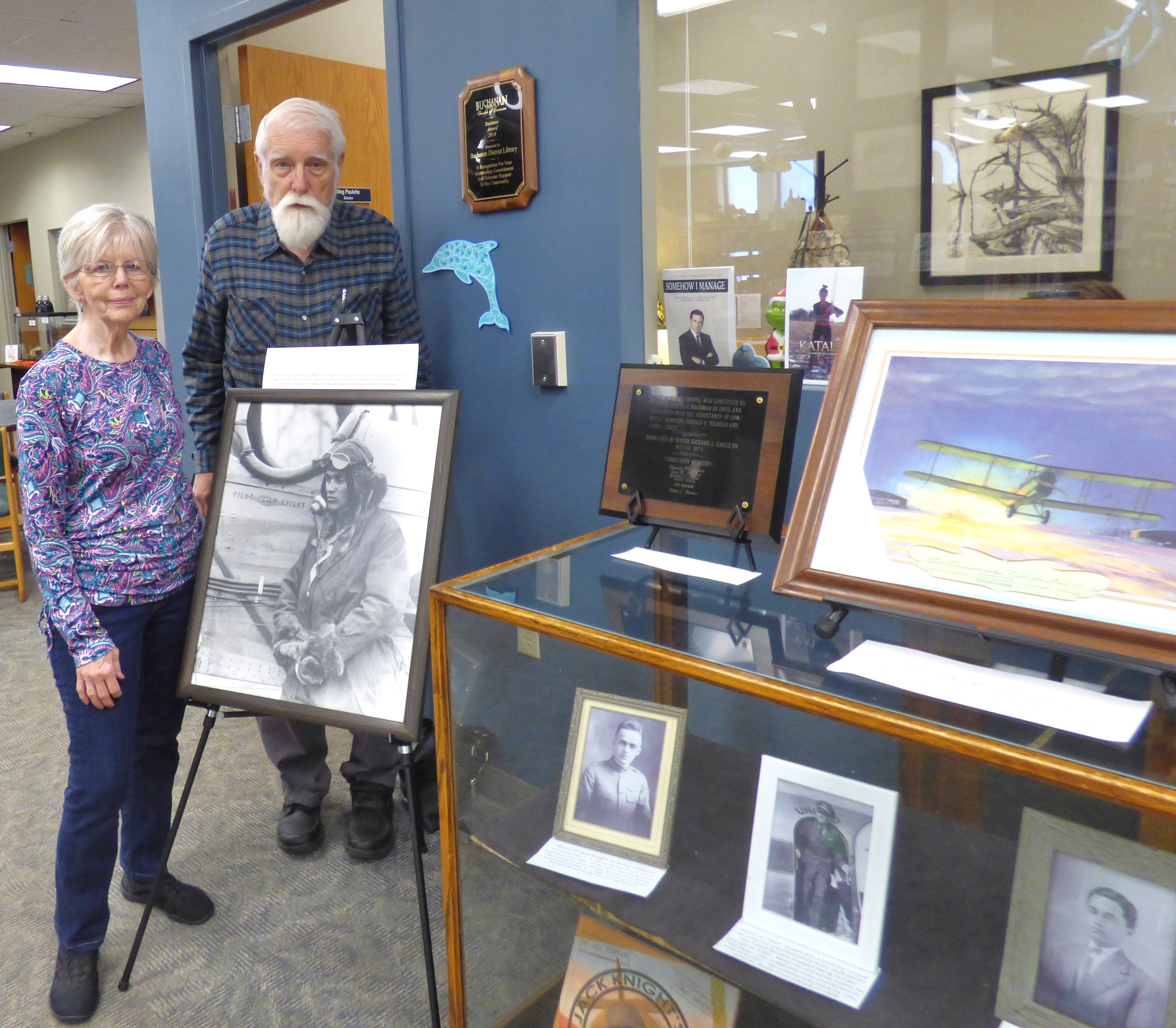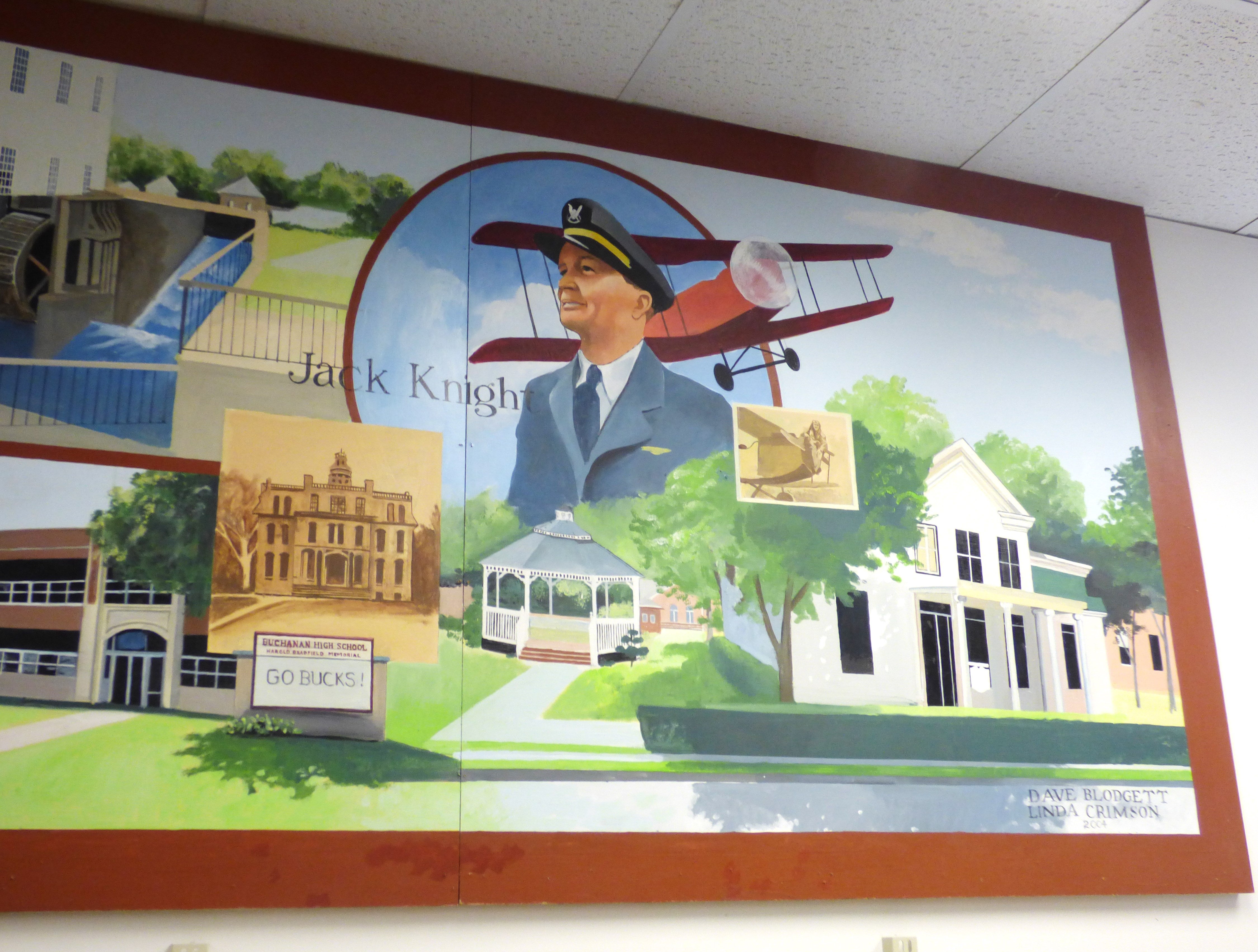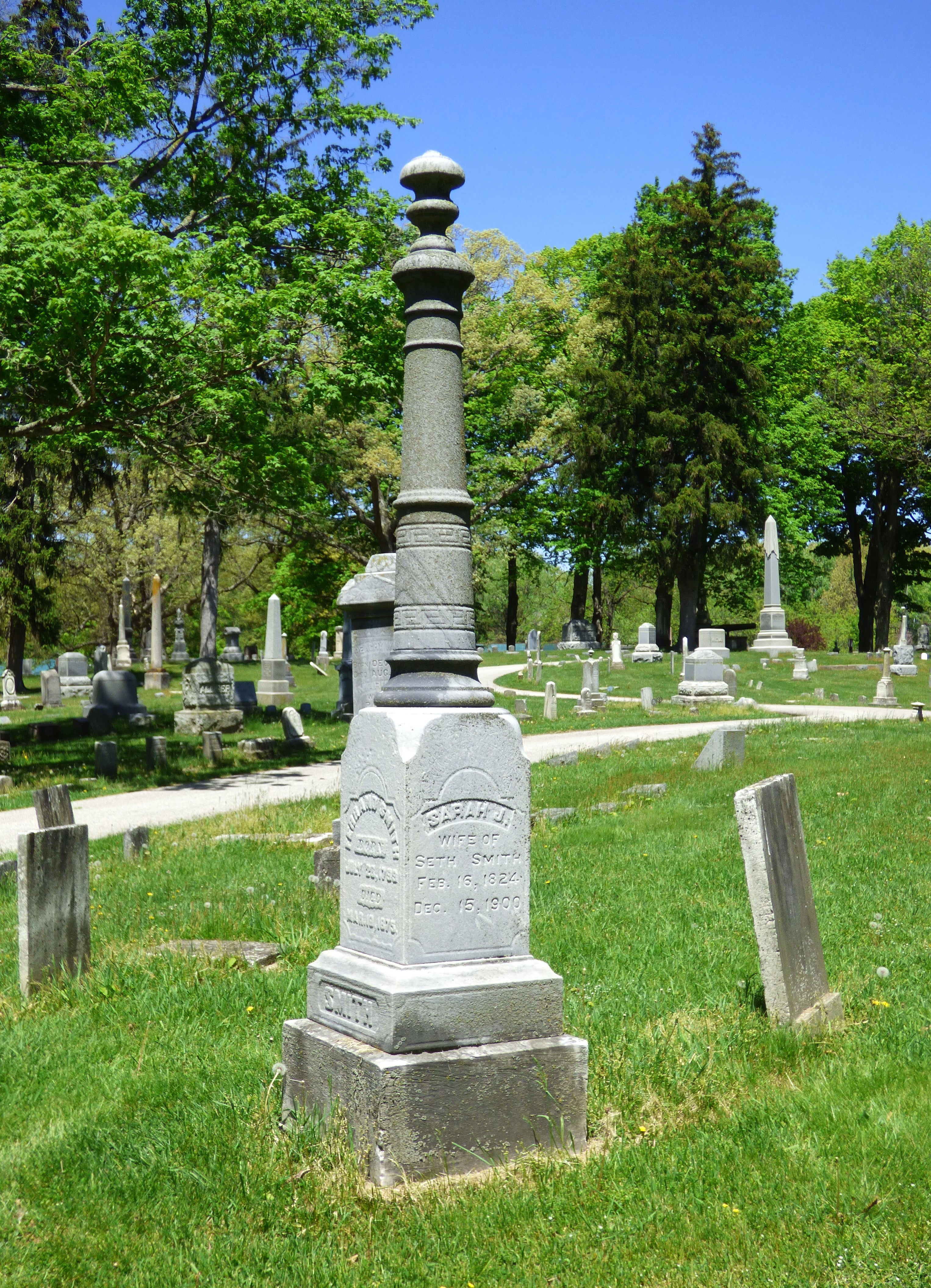Famed Buchanan pilot to be featured in local history programs
Published 11:45 am Tuesday, May 24, 2022
|
Getting your Trinity Audio player ready...
|
BUCHANAN – People today can’t imagine a world without cars, planes and even space travel, but that was the world Jack Knight grew up in at the turn of the 20th Century. Knight spent his childhood and youth in Buchanan before becoming a famed aviator taking part in a transcontinental flight 101 years ago.
Area residents will get the chance to learn more about Knight in programs in Buchanan next week. His granddaughter, Patricia Lammersfeld, will present programs May 31 and June 1. Lammersfeld grew up in the Chicago area and became a flight attendant and longtime school teacher before her retirement to Florida.
She will speak at the Buchanan American Legion at 7 p.m. May 31 and then again at the Buchanan District Library at 6 p.m. on June 1. She will also be speaking to Buchanan Middle School students earlier in the day on June 1.
The programs are being sponsored by the Friends of Oak Ridge Cemetery, the Buchanan District Library and the Buchanan American Legion. The library is hosting a Knight exhibit of memorabilia primarily from the cemetery’s Knight Chapel from May 17 through June 12.
The library is home as well to an array of information about Knight in its local history room. Knight is also one of several local residents recognized in a history mural in the children’s section of the library and had the youth program named after him in the past.
Friends president Robert Brown and treasurer Mary Lister said they began talking about honoring Knight’s famous flight a few years ago but had their efforts delayed by a year. Their group has worked to keep Knight’s memory alive and included his story in some of their past cemetery walks.
Several members of Knight’s family are buried at Oak Ridge, including his mother, aunt, uncle, grandmother and great-grandfather. The city of Buchanan honored Knight in the 1970s, building and naming the chapel at the cemetery after him.
Knight was born as James Herbert Brockett in Kansas in 1892 and his father brought him and his sister to Buchanan in 1894 after his mother died. His mother had grown up in Buchanan and her sister and brother-in-law, Emma and Dr. Melvin Knight adopted both children.
Knight attended Michigan Agricultural College which later became Michigan State University and studied mechanical engineering. His nickname in Buchanan had been “Sky” while he gained the nickname “Jack” in college. He worked in Chicago before enlisting during World War I. He never served overseas and was instead a flight instructor in Texas.
He became an airmail pilot after the war and his most famous flight occurred Feb. 22-23, 1921 when he took off eastward from North Platte, Nebraska. He was one of several pilots making the transcontinental flight to prove the viability of the federal airmail service. Although the airmail service later went private, they proved that it was a feasible proposition.
When the pilots scheduled to take the mail from Omaha to Chicago were stuck in Chicago due to a snowstorm, he volunteered to keep flying although he had never flown that route and he was recovering from a broken nose. He flew his de Havilland plane overnight, landing in Iowa City to refuel and then making his way to Chicago where others took over.
Jack Knight’s “Night Flight” has been memorialized in at least two children’s books that detail how he was guided by signal fires lit by farmers as well as postal and airport employees. In Iowa City, all but one airport night watchman had gone home and the watchman quickly lit railroad flares to help him see where to land. Knight kept the plane running while he quickly ate a bite before going on to Chicago.
Knight later went to work for United Airlines first as a pilot and then executive. It was his work for the Civil Aeronautics Administration and the U.S. defense department in World War II that led to his untimely death just before his 53rd birthday.
He had spent months in the Amazon jungle looking for sources of rubber and contracted malaria which weakened him so he couldn’t recover from a serious fall. He died Feb. 24, 1945 in Chicago and his ashes were scattered over Lake Michigan.


